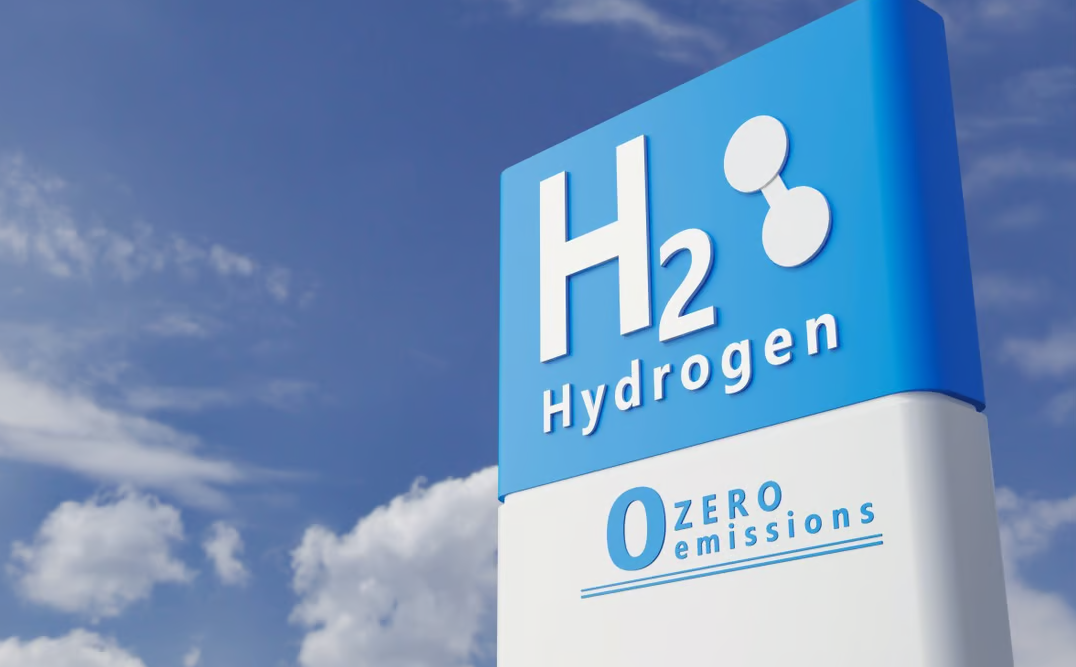 China’s hydrogen sector is expected to see strong growth as local governments announce ambitious plans to produce quantities of the gas that far exceed the national target, analysts said. Photo: Shutterstock
China’s hydrogen sector is expected to see strong growth as local governments announce ambitious plans to produce quantities of the gas that far exceed the national target, analysts said. Photo: ShutterstockChina’s hydrogen sector is expected to see strong growth as local governments announce ambitious plans to produce quantities of the gas that far exceed the national target, analysts said.
However, slow growth in infrastructure and consumption demand remain major challenges that could put the sector at risk of overcapacity.
China’s provincial and municipal governments have jumped on the hydrogen bandwagon, rolling out plans to develop the industry after Beijing released its first ever national hydrogen strategy last March.The country aims to have at least 50,000 hydrogen fuel cell electric vehicles (HFCEVs) on the road and produce 100,000 to 200,000 tonnes of “green hydrogen” – hydrogen produced by splitting water through the electrolysis process – annually by 2025, according to the plan.However, the national targets were eclipsed by the plans rolled out by the local governments. For example, just the combined green hydrogen production targets set by the provinces of Inner Mongolia, Qinghai, and Gansu amount to 740,000 tonnes per year by 2025. Meanwhile, 13 provinces and cities aim to have 111,000 HFCEVs on the road by 2025, with more targets expected to be announced.
“On the green hydrogen production side, major investments from state-owned enterprises are easing a significant overbuild in terms of production – an endemic issue in the energy transition where getting supply and demand more or less in balance has proven difficult and is an investment risk,” said a Citi Global Perspectives & Solutions (Citi GPS) report released this month.China, already the world’s largest hydrogen producer, accounted for around 60 per cent of global electrolyser shipments in 2022 and is estimated to dominate at least half of the global market in 2023, according to BloombergNEF.However, green hydrogen demand remains low globally, with a projected demand of 10 gigawatts (GW) in 2025 as compared to at least 71GW of electrolyser manufacturing capacity to be online by the end of 2024, BloombergNEF data showed.
“The wide range of potential shipments attests to China’s significant overcapacity to ship electrolysers,” the Citi GPS report said. “Overcapacity is not just endemic to electrolyser manufacturing: consumption lags supply in hydrogen as a transport fuel and indeed in a wide range of green energy areas.”For example, HFCEV sales were low at 3,367 units in 2022, according to data from the China Association of Automobile Manufacturers. To meet the 50,000 target, average annual sales from 2023 to 2025 will need to be roughly 12,500, some four times higher than the 2022 sales.China’s northern coal-producing provinces, such as Inner Mongolia, Hebei, Jilin, and Gansu are playing a significant role in the hydrogen sector’s rapid growth, driven by the unfavourable long-term outlook for the coal industry under China’s 2060 net-zero emissions goals and Chinese president Xi Jinping’s announcement two years ago calling for the reduction in coal use from 2026, said Cosimo Ries, an energy analyst at think tank Trivium China.“Meanwhile, these northern provinces also boast some of the most abundant renewable energy resources in the country, which local policymakers hope to leverage to turn them into the most cost-competitive regions for hydrogen production,” said Ries.Ries argued it’s unlikely that China’s hydrogen sector will struggle with overcapacity as the national hydrogen targets appear highly conservative and there are ample opportunities for industries such as steel, cement and aviation to use green hydrogen to replace the fossil fuel-derived grey hydrogen because the former only accounts for a fraction of China’s annual production of the gas.Grey hydrogen is created from natural gas, without capturing the greenhouse gases given off in the process.As is the case globally, China’s hydrogen market remains at a nascent stage, with big challenges around the pace of expected cost declines and supply chain integration.“The business model of hydrogen energy hasn’t been fully established yet. At present, it still relies heavily on government policies to drive the development of the industry,” said Kevin Kang, chief economist at KPMG China.The country’s sluggish economy is also a factor slowing down the sector’s growth, he added.The hydrogen fuel cells and HFCEV industries are probably a decade behind the lithium-ion battery and electric vehicle industries when it comes to cost, economies of scale, and technological maturity, according to Ries. Other more promising sectors such as steel and cement face similar problems over costs and inadequate infrastructure for hydrogen transport and storage, he said.“These problems will be resolved gradually, but are tricky issues and will take time,” said Ries. “Policy mechanisms like government subsidies or a more expansive emission trading system with higher carbon prices will no doubt help, though we’re not sure what Beijing has planned.”